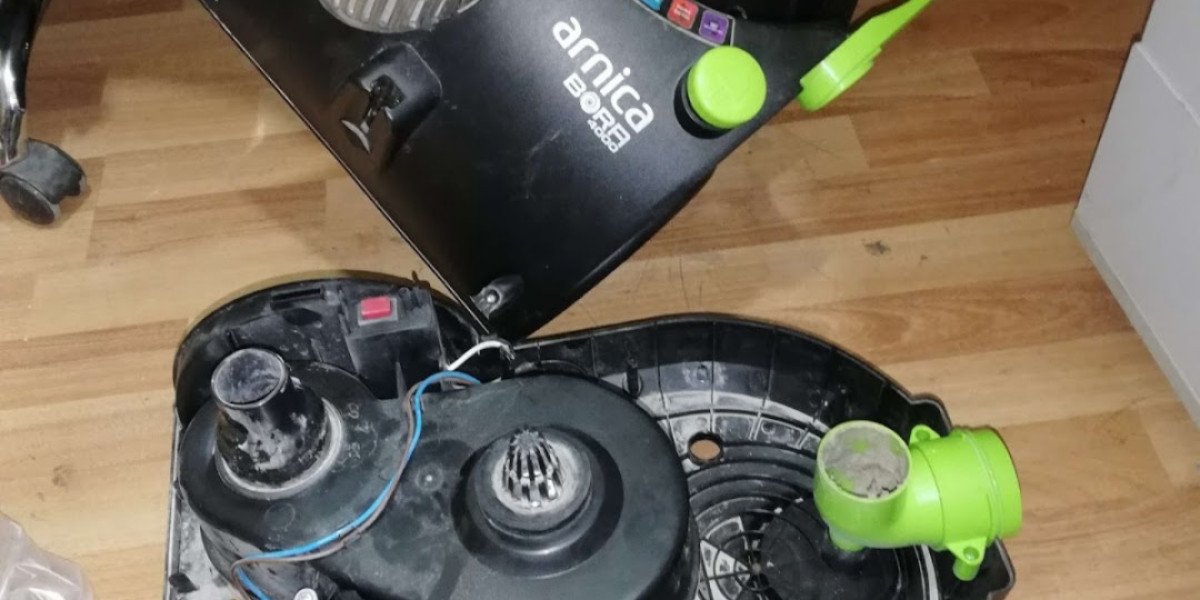A heat pump not performing adequately can be a frustrating ordeal, especially when you rely on it to keep your home comfortable year-round. Understanding why your heat pump might be struggling to heat or cool properly requires a bit of insight into how these systems work and what factors could be impeding their efficiency. In this detailed exploration, we'll delve into the common reasons behind heat pump malfunctions and potential solutions to rectify them.
1. Incorrect Thermostat Settings: The first place to look when your heat pump isn't heating or cooling properly is your thermostat. Ensure that it's set to the correct mode (heating or cooling) and that the temperature is appropriately adjusted. Sometimes, a simple misconfiguration can lead to significant comfort issues.
2. Dirty Air Filters: Clogged or dirty air filters can severely restrict airflow, hampering the efficiency of your heat pump. Over time, dust, dirt, and debris accumulate in the filters, obstructing the passage of air. Regularly inspect and replace these filters to maintain optimal airflow and improve system performance.
3. Refrigerant Leaks: Refrigerant is vital for the heat transfer process in your heat pump. If there's a leak in the refrigerant lines, it can diminish the system's cooling or heating capacity. Signs of a refrigerant leak include decreased cooling or heating output, ice buildup on the outdoor unit, and hissing sounds emanating from the system. Professional intervention is necessary to locate and repair these leaks.
4. Dirty Evaporator or Condenser Coils: Over time, the evaporator and condenser coils in your heat pump can accumulate dirt, grime, and debris, inhibiting heat transfer. Dirty coils impair the system's ability to absorb or release heat effectively, leading to reduced efficiency and performance. Regular maintenance, including coil cleaning, can prevent this issue.
5. Improper Sizing: If your heat pump is either too large or too small for your home's heating and cooling demands, it won't operate efficiently. An oversized unit may short cycle, turning on and off frequently, while an undersized one struggles to maintain desired temperatures. Consult with an HVAC professional to ensure your heat pump is appropriately sized for your home.
6. Faulty Components: Various components within the heat pump, such as the compressor, blower motor, or capacitors, can experience wear and tear over time, leading to malfunctions. Symptoms of faulty components include strange noises, inconsistent airflow, or the system failing to start. Prompt repairs or replacements are necessary to restore optimal functionality.
7. Blocked Vents or Registers: Blocked vents or registers can disrupt the airflow in your home, preventing heated or cooled air from reaching its intended destinations. Ensure that all vents and registers are open and unobstructed to promote even air distribution throughout your living spaces.
8. Outdoor Unit Obstructions: Debris, vegetation, or other obstructions near the outdoor unit can impede airflow and hinder heat exchange. Keep the area around the outdoor unit clear and free of debris to facilitate proper operation.
9. Electrical Issues: Electrical problems, such as faulty wiring, tripped breakers, or damaged electrical components, can interfere with the functioning of your heat pump. These issues require professional diagnosis and repair to ensure safe and reliable operation.
10. Environmental Factors: Extreme weather conditions, such as extremely low temperatures or excessive humidity, can strain your heat pump's ability to maintain comfortable indoor temperatures. Supplemental heating or cooling solutions may be necessary during periods of extreme weather to alleviate the strain on your heat pump.
In conclusion, a variety of factors can contribute to a heat pump's inability to heat or cool your home effectively. From simple issues like thermostat misconfigurations and dirty filters to more complex problems like refrigerant leaks and faulty components, diagnosing and resolving these issues requires careful attention and sometimes professional assistance. By understanding the potential causes of heat pump malfunctions and taking proactive measures to address them, you can ensure optimal comfort and efficiency in your home throughout the year.
Why is my heat pump covered in ice?
Discovering your heat pump encased in ice can be a concerning sight, especially when you rely on it for year-round comfort. Ice buildup on a heat pump is not only unsightly but also indicative of potential issues that can impact its performance and efficiency. In this exploration, we'll delve into the reasons behind ice formation on heat pumps and what steps you can take to address this problem effectively.
1. Low Refrigerant Levels: Insufficient refrigerant levels can cause the evaporator coil in the indoor unit to become excessively cold, leading to ice formation. Low refrigerant levels may result from leaks in the refrigerant lines or improper installation. Professional intervention is necessary to identify and repair leaks and recharge the system with the appropriate amount of refrigerant.
2. Restricted Airflow: Restricted airflow across the indoor or outdoor coils can impede heat exchange and cause moisture in the air to freeze on the coils. Common culprits of restricted airflow include dirty air filters, blocked vents or registers, and obstructed outdoor units. Regular maintenance, including cleaning or replacing air filters and ensuring unobstructed airflow, can prevent this issue.
3. Defrost Cycle Malfunction: Heat pumps have a defrost cycle designed to melt ice buildup on the outdoor coils during cold weather. If the defrost cycle malfunctions or fails to activate when needed, ice can accumulate on the outdoor unit, impairing its ability to transfer heat efficiently. Professional inspection and repair of the defrost control system may be necessary to resolve this issue.
4. Cold Weather Conditions: In extremely cold weather, especially below freezing temperatures, ice formation on the outdoor unit of a heat pump is common. While some ice buildup is normal, excessive accumulation can hinder the heat pump's operation. Supplemental heating solutions or protective measures, such as installing a canopy or awning over the outdoor unit, can mitigate the effects of cold weather on your heat pump.
5. Refrigerant Line Insulation Issues: Refrigerant lines that are inadequately insulated or damaged can lead to temperature fluctuations and condensation buildup, contributing to ice formation on the heat pump. Inspecting the insulation on refrigerant lines and repairing or replacing any damaged sections can help prevent this issue.
6. Malfunctioning Outdoor Fan: The outdoor fan is responsible for expelling heat from the heat pump's condenser coils. If the outdoor fan malfunctions or operates at a reduced speed, heat transfer efficiency decreases, and ice may form on the coils. Professional repair or replacement of the outdoor fan motor may be necessary to resolve this issue.
7. Drainage Problems: Blocked or clogged condensate drains can prevent melted ice from draining properly, leading to water accumulation and refreezing on the heat pump. Regular maintenance, including clearing debris from condensate drains, can prevent drainage problems and subsequent ice formation.
In summary, ice formation on a heat pump can stem from various factors, including low refrigerant levels, restricted airflow, defrost cycle malfunctions, cold weather conditions, refrigerant line insulation issues, malfunctioning outdoor fans, and drainage problems. Addressing these issues promptly through proper maintenance and professional repairs can prevent ice buildup and ensure optimal performance and efficiency of your heat pump, keeping your home comfortable year-round.







